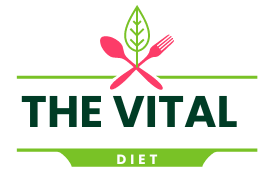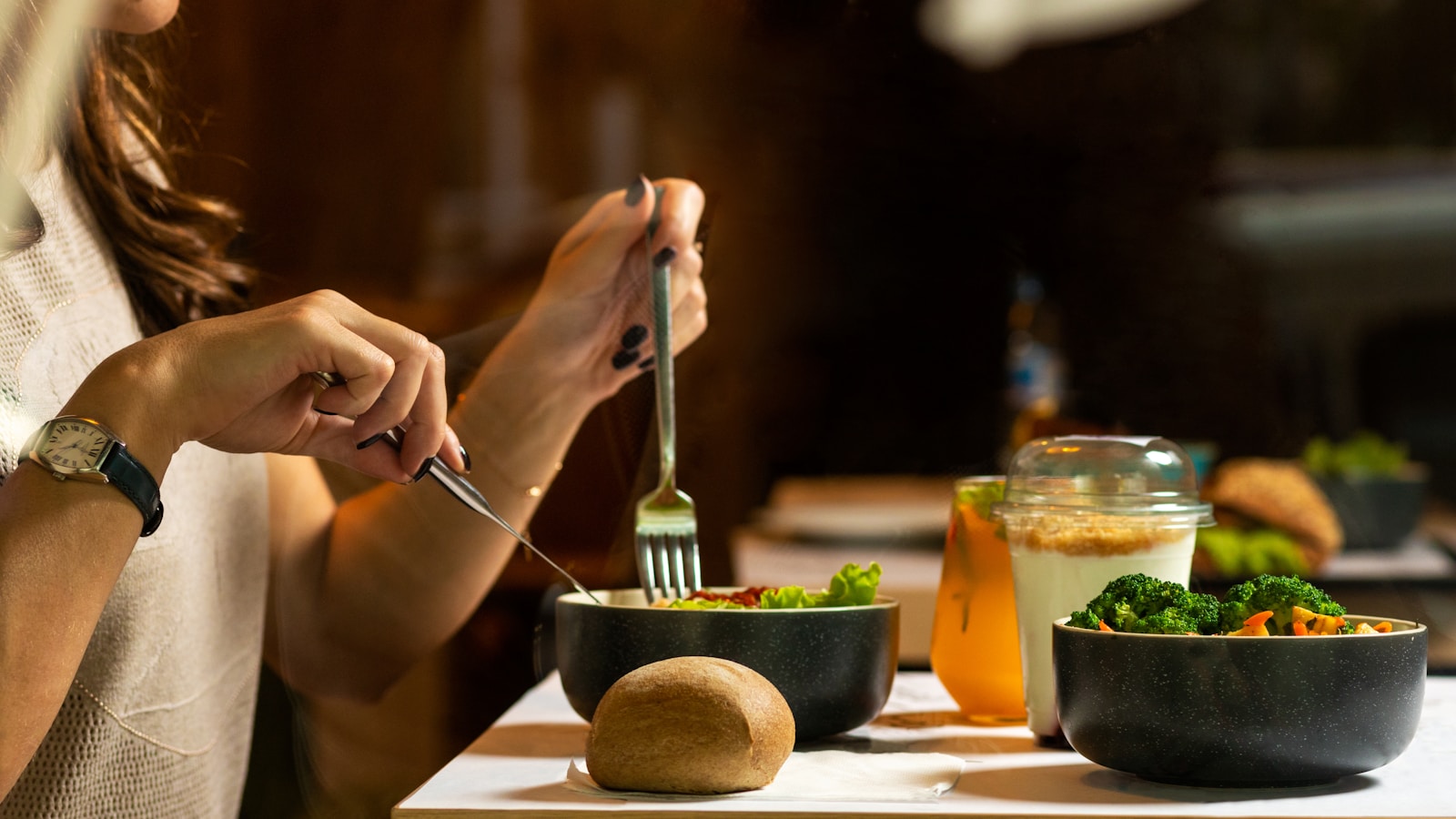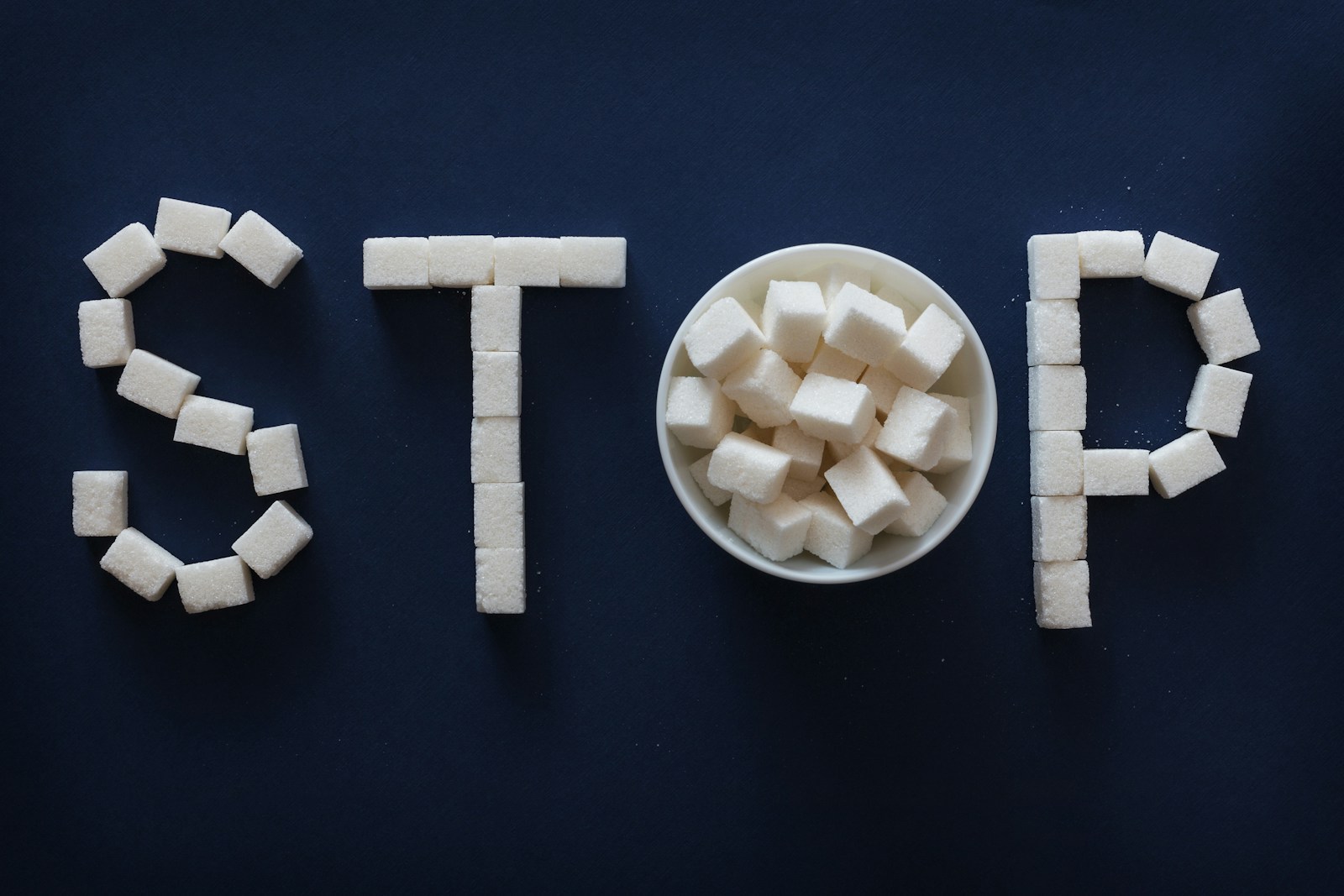
In the ever-evolving world of diets and nutrition, the Optavia Diet has emerged as a popular choice for those seeking a structured, convenient, and effective weight loss strategy. However, like any diet, it’s essential to understand its intricacies before embarking on this eating plan.
What Exactly Is the Optavia Diet?
The Optavia Diet is a weight loss plan that emphasizes low-calorie, pre-packaged meals, termed ‘fuelings’, alongside lean proteins and non-starchy vegetables. The aim of this diet is to create a calorie deficit, which can potentially lead to weight loss. The diet also strongly discourages high-calorie foods and sweet treats.
Expert Views
According to nutrition experts, the Optavia Diet is essentially a meal replacement plan where followers consume a predetermined number of ‘fuelings’ each day, along with one homemade meal. This results in a reduction of calorie intake and potential weight loss. However, some experts express concern about the diet’s sustainability and the possibility of weight regain once individuals stop consuming the meal replacements.
A Typical Week on the Optavia Diet
The Optavia Diet offers several meal plans, all of which feature the brand’s meal replacement products. One popular example of how the diet could be implemented in a week is as follows:
- Day 1: Three 7-ounce servings of cod, shrimp, or egg whites, two servings of healthy fats, three servings of non-starchy vegetables; 1 snack such as celery sticks, sugar-free gum, or dill pickle spears; 3 fuelings (Optavia bars or shakes)
- Day 2: Similar to Day 1, but with pork tenderloin, trout, or chicken breast as the protein source.
- Day 3: Two meals of 5 ounces salmon, beefsteak, or dark poultry meat, three servings of non-starchy vegetables; 1 pre-packaged Optavia meal; 1 snack; 3 fuelings
- Day 4 to 7: The cycle continues with a similar pattern, alternating between different types of lean proteins and vegetables, with the addition of Optavia fuelings and snacks.
What Foods Are Included?
On the Optavia Diet, you can expect to consume between two to five of the company’s pre-made meal replacements (‘fuelings’) each day. You’ll also consume one to three of your own low-calorie meals, primarily composed of lean protein and non-starchy vegetables (‘lean and green’).
Optavia Fuelings
The majority of the food you consume on the Optavia Diet comes in the form of pre-packaged fuelings. These are nutritionally equivalent and portion-controlled meals that can be eaten interchangeably.
Lean Proteins and Non-Starchy Vegetables
Your homemade meals must include a 5- to 7-ounce portion of cooked lean protein. Optavia categorizes protein sources into lean, leaner, and leanest. For instance, salmon, lamb, and pork chops fall under ‘Lean,’ swordfish or chicken breast under ‘Leaner,’ and cod, shrimp, and egg whites under ‘Leanest.’
Healthy Fats and Low-Calorie Condiments
Apart from lean protein and non-starchy vegetables, a lean and green meal can include up to two servings of healthy fats. The diet also permits certain condiments as part of your homemade meals.
Low-Fat Dairy, Fresh Fruit, and Whole Grains
When you reach your ideal weight, the Optavia Diet allows you to add servings of fruit, dairy, and grains.
Foods to Avoid
While no food is technically forbidden on the Optavia diet, many items (such as sweets) are strongly discouraged.
Desserts
High-calorie additions like mayonnaise, sugary BBQ sauce, and butter, as well as sugar-sweetened and alcoholic beverages like soda, beer, spirits, and wine, are generally to be avoided.
Preparing for the Optavia Diet: Tips and Tricks
Like other meal replacement diets, the Optavia Diet provides users with an array of branded products. You should eat every 2 to 3 hours, and once you’ve reached your weight goal, you will add servings of fruit, low-fat dairy, and whole grains to your lean and green meals.
Pros of the Optavia Diet
The Optavia Diet offers several potential benefits, including convenience, potential reduced risks associated with overweight and obesity, improved blood sugar and cholesterol levels, and coaching support.
Cons of the Optavia Diet
The Optavia Diet also comes with potential downsides, including possible nutrient deficiency, reduced sports performance, sales pressure, cost, and hunger.
Is the Optavia Diet Right for You?
The Optavia Diet does not align with the USDA’s guidelines for a balanced diet. It also limits calories to a level that might not meet all nutritional needs. Therefore, it’s essential to consult with a healthcare professional before starting such a low-calorie plan.
Final Thoughts
The Optavia Diet can potentially help you lose weight quickly due to its structured, low-calorie approach. However, it’s crucial to understand that maintaining weight loss requires long-term lifestyle changes and balanced nutrition. Always consult with a healthcare professional before starting a new diet to ensure it aligns with your health needs and lifestyle.
Remember, achieving optimal health goes beyond just losing weight. Exercise, sleep, and other lifestyle factors also play a significant role in your overall well-being.





